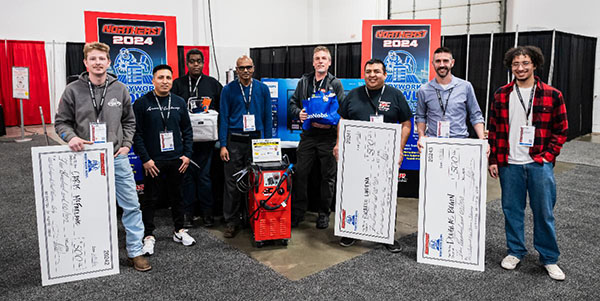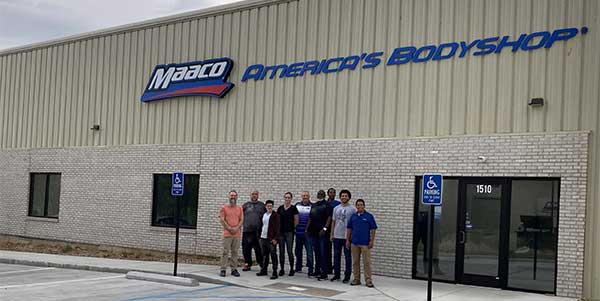
Does a new discovery by Purdue University signal the end of steel for good in automobiles? Probably not, but it might foretell an even faster transition to aluminum in vehicle structures.
Researchers in Purdue University’s School of Materials Engineering have demonstrated how to create a super-strong aluminum alloy that rivals the strength of stainless steel, an advance with potential industrial applications. The school says one potential application might be to design wear- and corrosion-resistant aluminum alloy coatings for the electronics and automobile industries.
“Most lightweight aluminum alloys are soft and have inherently low mechanical strength, which hinders more widespread industrial application,” said Professor Xinghang Zhang. “However, high-strength, lightweight aluminum alloys with strength comparable to stainless steels would revolutionize the automobile and aerospace industries.”
The new high-strength aluminum is made possible by introducing “stacking faults,” or distortions in the crystal structure. While these are easy to produce in metals such as copper and silver, they are difficult to introduce in aluminum because of its high “stacking fault energy.”
A metal’s crystal lattice is made up of a repeating sequence of atomic layers. If one layer is missing, there is said to be a stacking fault. Meanwhile, so-called “twin boundaries” consisting of two layers of stacking faults can form. One type of stacking fault, called a 9R phase, is particularly promising, Zhang said.
“It has been shown that twin boundaries are difficult to be introduced into aluminum. The formation of the 9R phase in aluminum is even more difficult because of its high stacking fault energy,” Zhang said. “You want to introduce both nanotwins and 9R phase in nanograined aluminum to increase strength and ductility and improve thermal stability.”
Now, researchers have learned how to readily achieve this 9R phase and nanotwins in aluminum.
“These results show how to fabricate aluminum alloys that are comparable to, or even stronger than, stainless steels,” he said. “There is a lot of potential commercial impact in this finding.”













